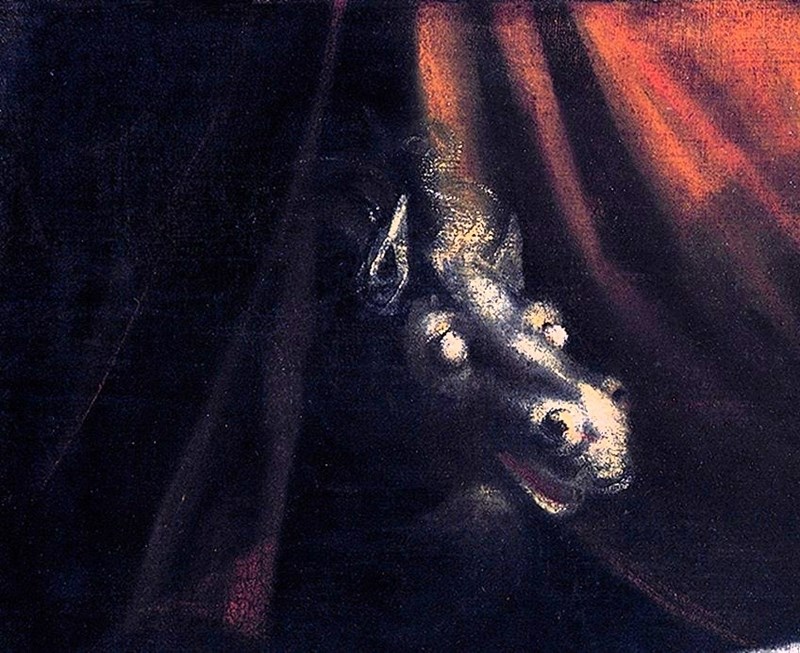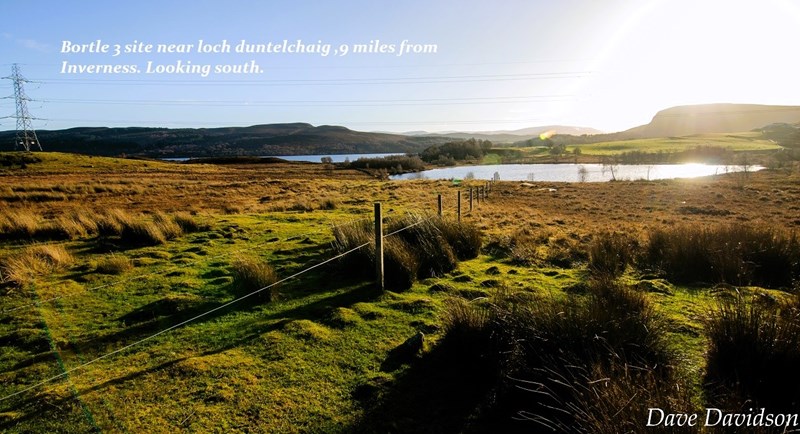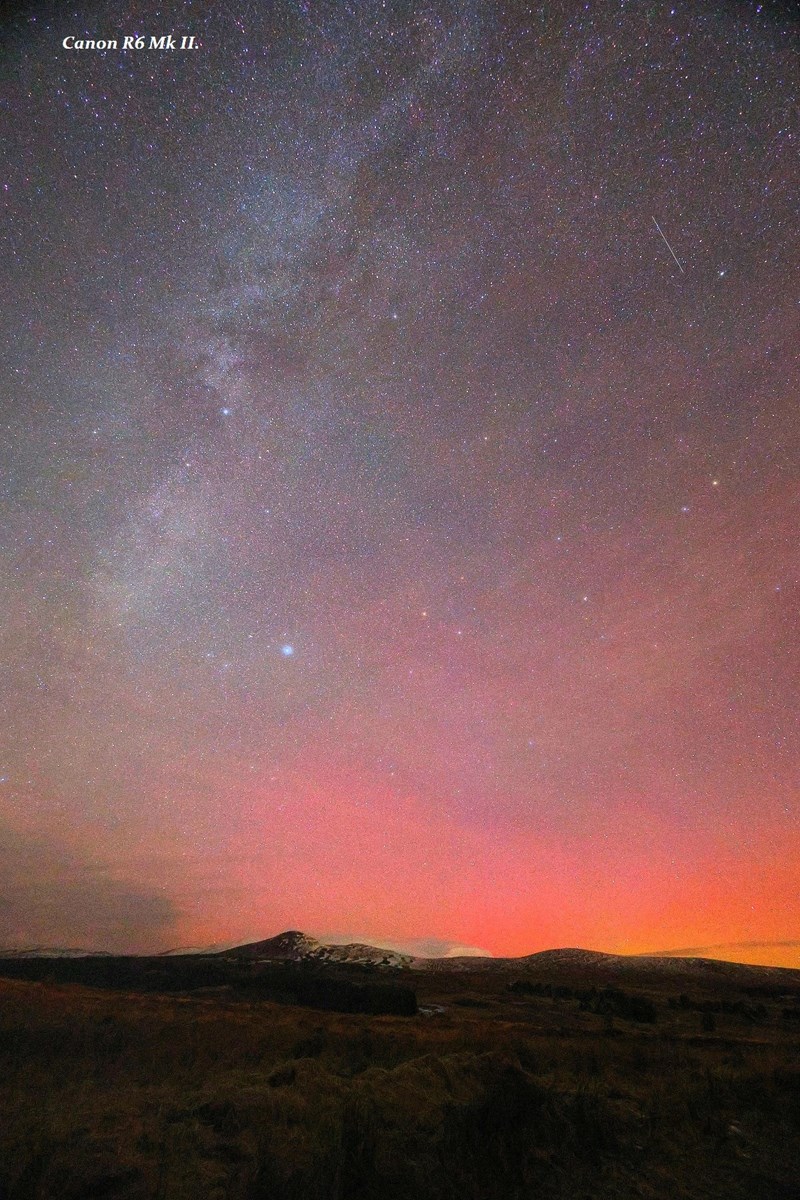" Rabbits Rabbits Rabbits "
Added on 03 January 2024
" Rabbits rabbits rabbits " ...
... is a superstition found in Britain and North America wherein a person repeats the word 'rabbits' aloud three times upon waking on the first day of the month, to ensure good luck for the rest of it. I always do this and yes, it works! I opened the curtains on the first day of January 2024 and was met with a cloudless, cornflower-blue sky and the Sun already a degree above the horizon stretching out a feeble warmth from ninety three million miles away to welcome us into another celestial year. Like the mole, from the Wind in the Willows, I felt a strong motivation to get up and 'spring clean' and I spent the morning dusting and cleaning, hoovering and washing. I don't know what I was thinking since most of the winter is still ahead of us and Spring is a long way off, but maybe it was just the freshness of the Sun and the windless calm of the pristine sky, the dawn of a new year. I soon lost interest in these activities however when Paul Moffett phoned around midday and suggested we take a drive in the country to find a dark-sky site that was not far from town where we might have a better chance of seeing the 'Horse's Head' nebula, in case our efforts at Culloden are thwarted by the sky quality. You might have seen the notice on the Website, 'Let's find the Horse's Head', scheduled for the nights of the 5th, 6th and 7th of January at the Observatory (weather permitting) where we will attempt to see it with a telescope on one or all of these nights. Now let me say straight off that this is by no means an easy goal. In order to see the dark nebula designated 'Barnard 33' embedded in the super-faint nebula of IC 434, we will need more than just the luck provided by the 'rabbits' Ideally, the sky has to be dark to the extent of Bortle 3 but no less than 4, a reflector telescope of 8 inchs or a refractor of 4-6 inches, both of high-contrast optics, dark-adapted eyes and an H-Beta lumicon filter. In addition to this we need to maximise the availability of light by matching the exit pupil of the (16-19mm) eyepiece to our own eye dilation which needs to be between 3.5 and 5mm. You can measure this by holding up different sizes of 'Allen-key' wrenches in front of your eye until it completely blots out a bright star. You can also work out the exit pupil of an eyepeice by dividing the focal ratio of the eyepiece into the focal length of the eyepiece. Dark nebulae are categorized by their opacity on a scale from 1 to 7, 1 being the hardest to see and Barnard 33 is no 4 on that scale so it is difficult but not impossible. Soooo.... if you have the eyes of a rattlesnake, the persistence of an autumn cold and want to become one of those rare animals that have seen the Horse's Head with your own eyes, then all we need is a clear sky and for you to join the hunt.


It was a beautiful day for a tour in Paul's car and we found somewhere that matched the sky conditions that we may ultimately need. Culloden Observatory is just on the edge of Bortle 4, leaning into 5, which is marginal to be considered a dark site. Bortle 3 is significantly darker!
The day soon passed and dusk was approaching when we got home. The sky was clear and Jupiter was glowing faintly in the south east. It would very soon be dark and so, skipping tea, we decided to go to the Observatory to star gaze. Alerted by the 'WhatsApp' message, others soon arrived at Culloden and by the time we had opened up and set up some telescopes we had the company of Pauline, Ruth, Norma and Donald. The deep indigo sky had now turned inky-black and the stars sparkled like gems from the vast gulf of space above us. Ruth was keen to know how to set up and use a telescope, so she and I took it in stages to set up my wee 80mm refractor on the EQ5 mount going through all the complexities of aligning the Pole Star, balancing and leveling the mount, how to use the little red dot to find the locations of the faint and far grey mists that show up in the eyepiece as whirling galaxies, exploding stars and enigmatic glowing cobwebs of light that seem to shine without a star to light them. Poor Ruth was a bag of nerves and indecision when I let her loose with the telescope but with a little coaxing and plenty of encouragement it was not long before she found the Seven Sisters star cluster all on her own and boy was she delighted! From a timid mouse to a roaring lion in the space of half an hour! This is an Astronomy Club and an Observatory at its best; opening the door to the wonder of the sky at night to anyone who is brave enough to face the cold and overcome the doubts they might have about using a telescope. If you have a new telescope and are not sure how to use it then you can either torment yourself to insanity trying to read the instruction book or you can spend an hour or so with us at Culloden Observatory and in no time be on an adventure in space, wandering amongst the cosmic giants of the Universe, seeing comets on their journey around the Sun, watching the waltzing moons of IO and Ganymede dance around Jupiter and so much more, at the touch of your hand. Even if you don't have a telescope there are plenty of them at the Observatory that you can play with.
Pauline was busy with her I-Optron sky-tracker and camera photographing the stars in Auriga. Norma and Donald flitted between Paul's telescope and mine. Paul was looking at the Crab Nebula (M1) and it was so clear to see in the bright optics of his fancy-coated lenses. Such a wonder to behold; first seen as a supernova in 1054 and here we were in 2024 still admiring this awesome object. Then from behind the big tree came the mighty constellation of Orion leaning over to the East. Also known by Egyptians as the soul of Osiris, this gigantic group of stars grabs the attention in such a profound way; especially the stars Mintaka, Alnilam and Alnitak. I don't know why, but it is an ancient thing and seems tied to a lost memory of our deep history. From vast antiquity they call to us from thousands of years ago and touch a tiny nerve somewhere that lights a spark in our conscientiousness.
Here too is the splendour of M42, the great nebula of Osiris. It is said that stars are being born here all the time amid the swirling clouds of molecules that abound in this truly awesome cave of light. I have looked long and hard into this thing for a long time and I have still to find a new star there. Maybe I need a bigger telescope! A very beautiful thing nontheless and always a favourite for telescopes.
A couple of hours had now passed and a thin veil of cloud was beginning to form, turning the sky to a milky haze which just got worse as the minutes ticked by. Far away on the other side of the Moray Firth, Lisa Pattenden was finishing off her adventure under the stars. She was using her new Canon R6 Mk II to photograph some aurora and the Milky Way and the results, ..... well they don't need any words from me, they simply speak for themselves.

So once again it was time to pack up and go home for tea. The clouds were now obscuring the stars and it was very cold. We said our goodbyes and wished each other 'dark skies forever'.
I'm sure I say this every time but it is worth repeating. These nights at the Observatory are so magical. The normality of life is suspended and social barriers collapse as we stare up at the night in unison; equal in all things except height perhaps yet bonded by the Universe to be friends forever. It is a remarkable thing and missing in so much else that we do in our daily lives.
Keep an eye on the Website, Facebook and WhatsApp for information about this weekend and future events of which we hope there will be lots this coming year.